How do you prepare your exit inventory of fixtures?
Let's talk about a controversial subject...
Let's talk about a controversial subject...
The departure inventory of fixtures is a stressful moment for everyone. On the one hand, it marks the end of an adventure for the tenant, who expects to recover his or her security deposit in full, and on the other, the beginning of another for the landlord, who is preparing to welcome the new occupant as soon as possible.
However, many tenants find themselves having to give up part of their security deposit to reimburse any damage found on vacating the property. This can lead to discontent, frustration and sometimes misunderstanding. And yet, a few precautions are all it takes to get through it without a hitch. That's what we're going to find out in this article!

An inventory of fixtures corresponds to the tenant's entry and exit inventory when he takes possession of the premises or when he leaves the apartment. It is carried out in the presence of the owner or a certified professional, who reviews all the rooms in the apartment and assesses the condition of the walls, furniture, appliances, fittings, etc.
A paper or digital report is drawn up for each inspection, enabling you to compare the condition of the apartment between the time the tenant moved in and the time he or she moved out. This makes it possible to assess whether the tenant is responsible for the deterioration of one or more of the items listed in the report.
The report contains a number of compulsory items of information:
Overview of an exit inventory of fixtures
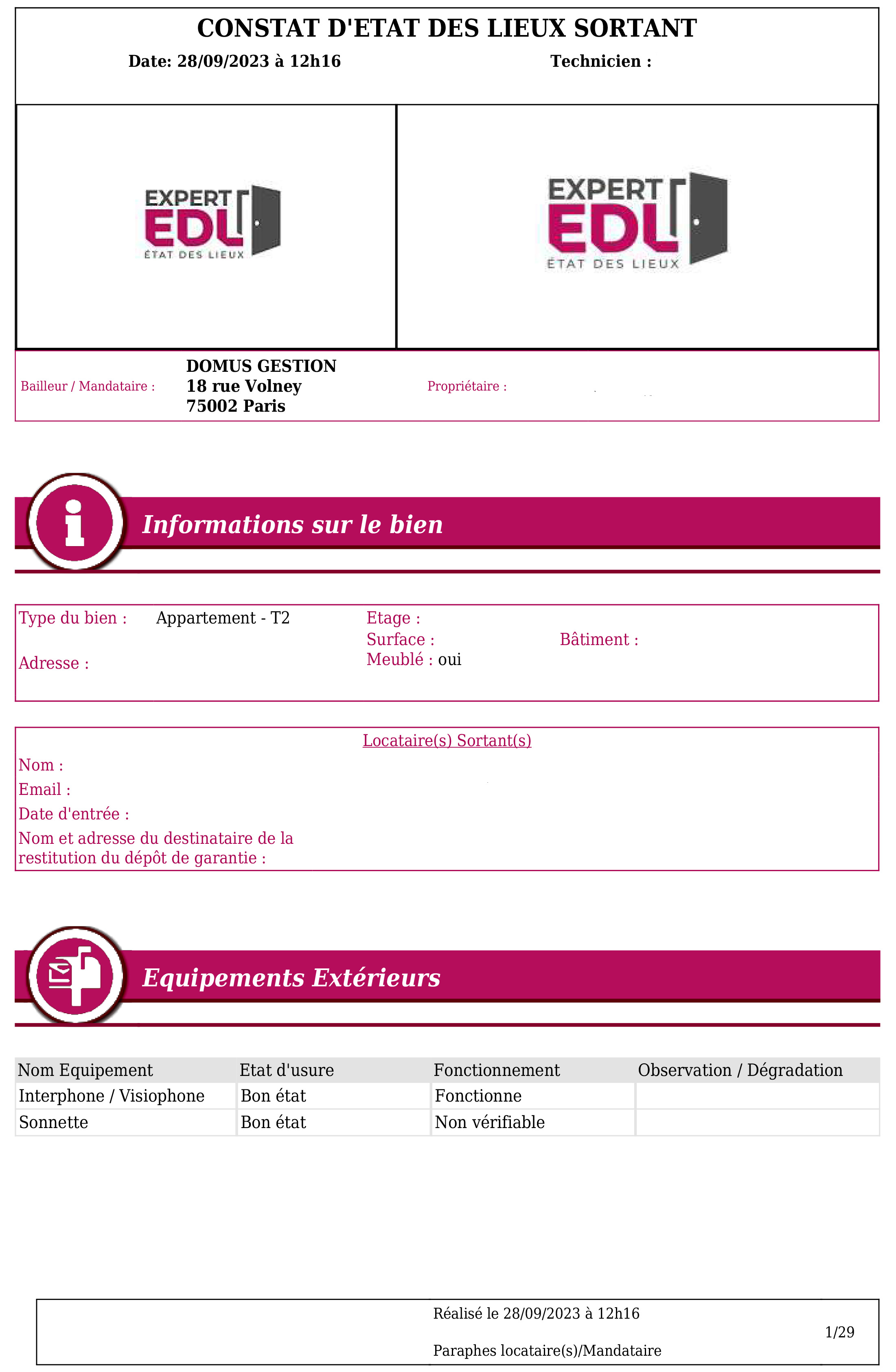
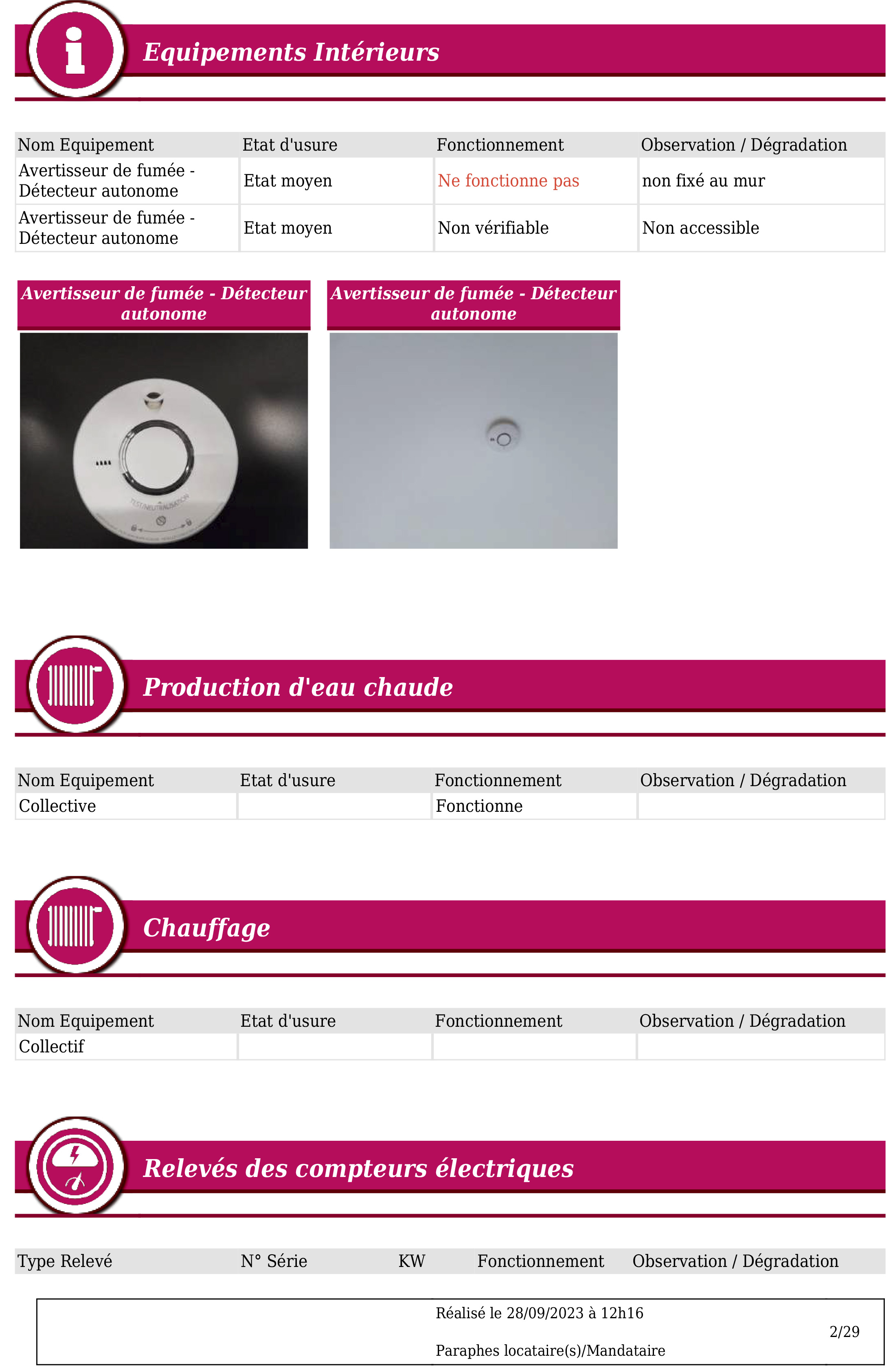
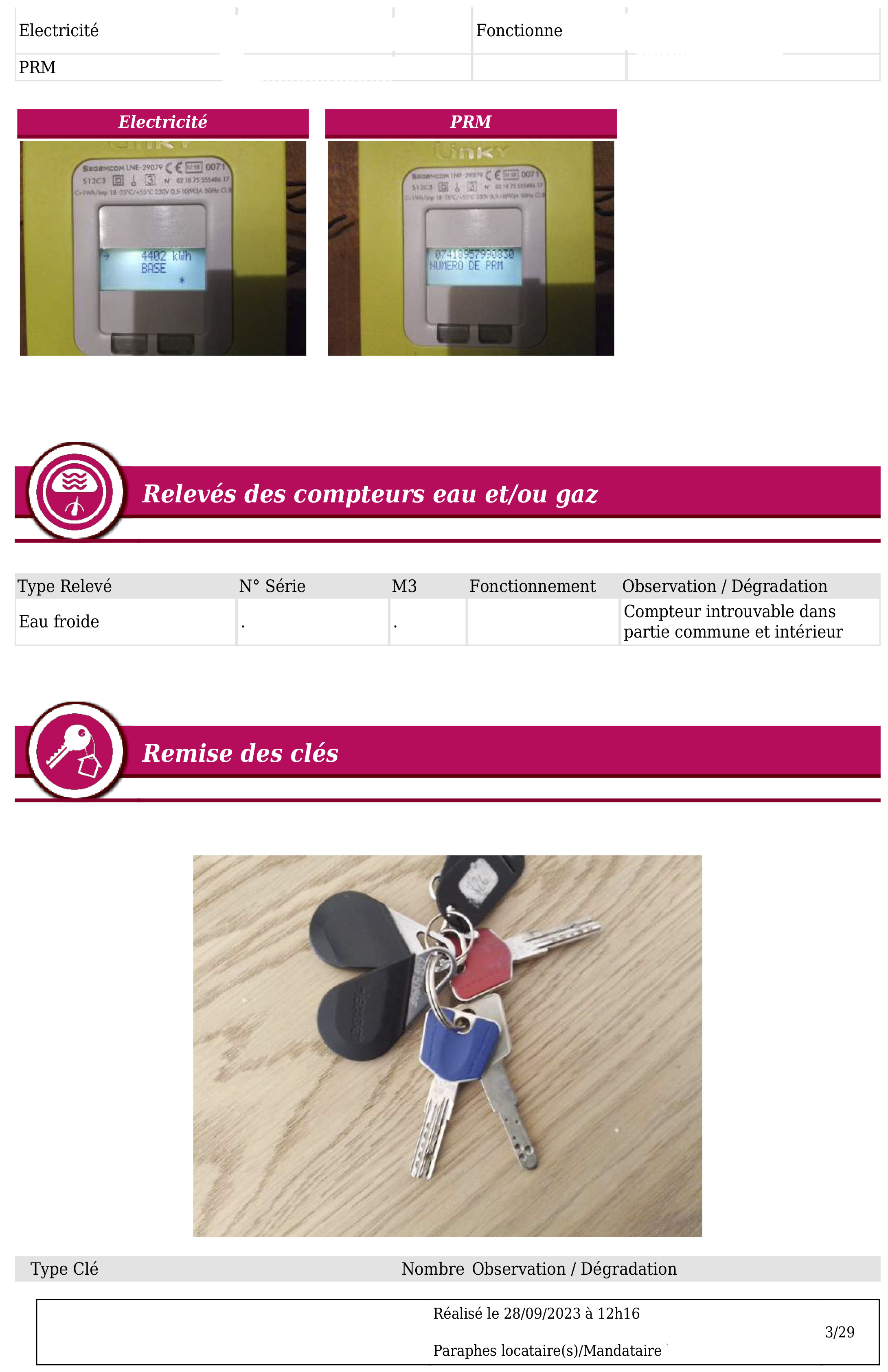
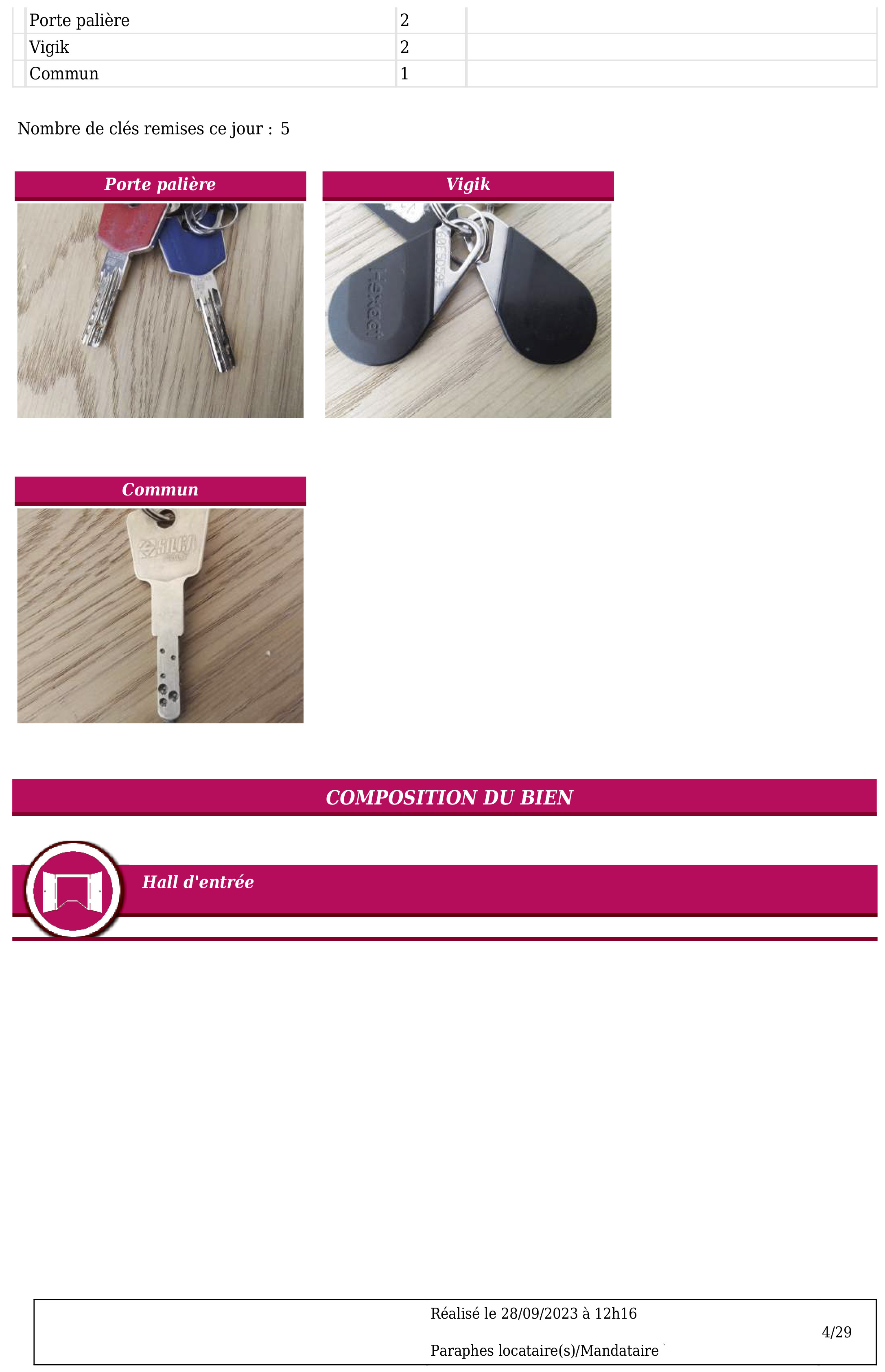
Book-A-Flat provides a framework for entry and exit inventories for rental management apartments. As soon as we receive notice of departure, we contact the landlord and tenant simultaneously to set up an appointment, which must be arranged by the last day of notice at the latest. We also send the tenant a brochure explaining all the best ways to prepare for leaving.
If your landlord's property is not managed by Book-A-Flat (or another agency), you must send your notice of departure to the landlord and arrange a meeting directly with him!
A good exit inventory of fixtures begins with the entry inventory of fixtures! Once the keys have been handed over, the tenant is responsible for the proper management of the apartment throughout the rental period. Diligent management of the property helps to avoid maintenance and repairs, which are frequently deducted from the security deposit. Here's our advice on how to optimize the return of your security deposit.
1. Take stock of the general condition of the apartment!
The condition of the apartment should be the same before and after your stay. Take the time to check all the rooms and walls, and clean the apartment from top to bottom. If you've hung pictures on the wall, don't forget to fill in any peg holes. Inspect the outside of the apartment as well, including the condition of the mailbox and cellar, if there is one.
2. Make sure the furniture is in good condition
As the tenant of a furnished apartment, you are responsible for ensuring that the furniture is in good condition. This applies to both objects (crockery, kitchen utensils, etc.) and furniture. You're also responsible for maintaining the machines (vacuum cleaner, tumble dryer and dishwasher) and appliances (hotplates, oven, microwave, kettle, coffee machine, fridge, freezer, etc.) you've used (or not) during your stay.
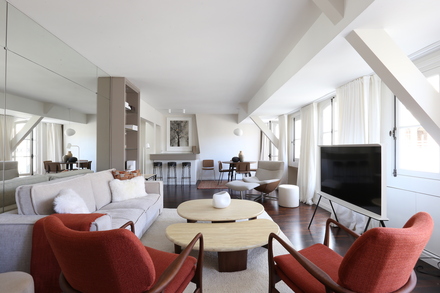
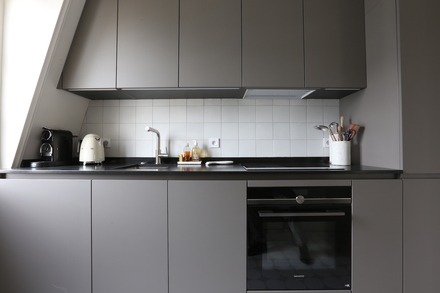
3. Check the condition of the pipes
First, check that the general shut-off valve is working properly, as well as the radiator valves and the water heater safety group. Then repair any water leaks (faucet seals, shower pipes, siphons, goosenecks) and clean the seals in all sanitary fittings, bathtubs and showers.
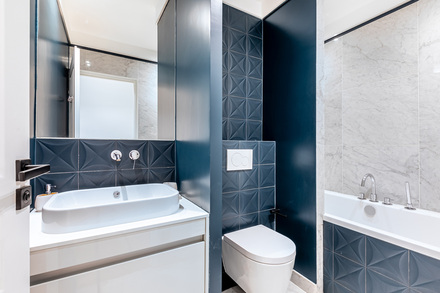
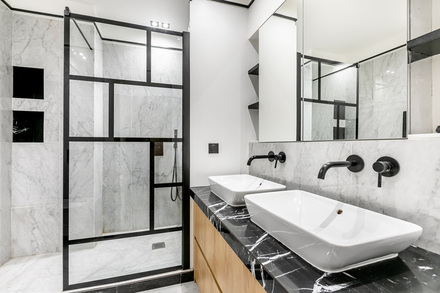
4. Check light sources
Take the time to replace any faulty light bulbs, and to check that sockets and switches are working properly. Every bulb must be functional.
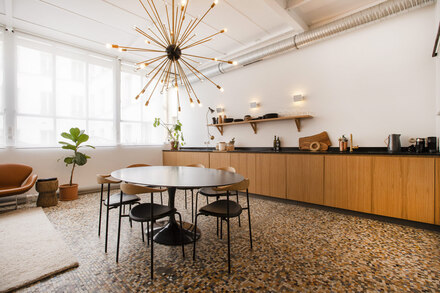
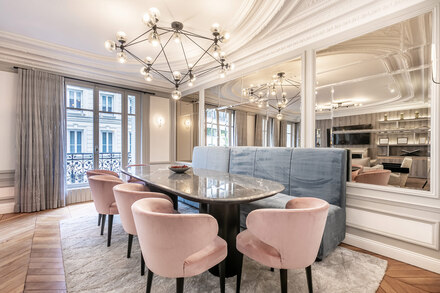
5. Collect all keys and badges
When you leave, you must hand over the same number of keys as when you entered the apartment. Your keyring includes the key(s) to the apartment, mailbox, cellar or bike room, if any, as well as vigik-type access badges. If your apartment is fitted with a Verisure alarm, you should also check that the alarm's access badge is working. Last but not least, locksmithing also involves checking that doors, cupboard doors, blinds and shutters are in good working order.
6. Give your apartment a thorough cleaning!
Cleaning is the final step in preparing for your departure inventory of fixtures. You'll need to give the apartment a thorough cleaning, not forgetting the dust under furniture and in closets.
You'll also need to clean doors and windows, not forgetting air vents. You're also required to thoroughly clean all sanitary fittings (toilets, sinks, taps and washbasins) and linens (toilet and household linen, comforters, pillows, etc.), as well as clean and iron curtains.
Incomplete cleaning of your apartment is often the cause of security deposit deductions.
7. Don't forget the outside space!
If you're lucky enough to have outdoor space during your stay in Paris, you'll need to take care of it too! Balconies, terraces, loggias, cellars... make sure you take care of any outdoor furniture (tables, chairs...) and get yours back before your departure inventory. And don't forget to clear away any clutter and replace plants to avoid being billed when you leave.
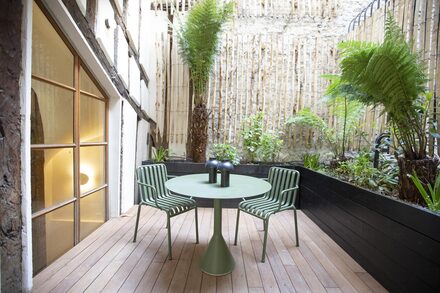
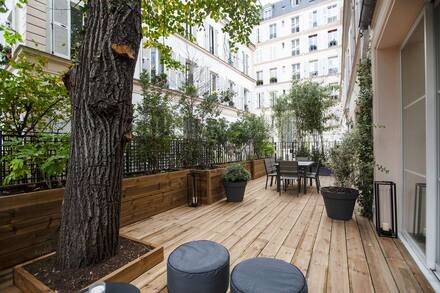
Preparing an exit inventory of fixtures on your own is no easy task. It's even more difficult for foreign tenants, who don't always have the knowledge to carry out certain checks. If you're in any doubt about how to proceed with a clogged joint or a surface cleaning, the Internet is your friend! You can also rely on your acquaintances in France or abroad to ask for help or advice.
Before you check out, you should contact your electricity and/or gas suppliers and inform them of your departure date, so that they can stop billing your home without terminating the contract. During the inventory of fixtures, the landlord or certified professional will note the EDF and/or GDF meter reading(s), which you will need to pass on to your suppliers. Your home insurance will be automatically cancelled unless you renew your contract.
Please note that if you or a third party has caused damage to your property (water damage, shutters broken by the wind, door broken or kicked in, etc.), don't forget to declare it to your insurance company, which can then provide you with a declaration to show when you inspect the property (and if the necessary repairs and replacements have not yet been made).
The famous one. As a reminder, the security deposit is a sum of money collected by the tenant and entrusted to the landlord for the duration of the tenancy. At the end of the move-out inspection, the tenant is entitled to the full amount of the deposit, unless he/she is responsible for any damage to the property. In this case, the landlord is entitled to withhold part of the security deposit to make the necessary repairs. The amount of the security deposit generally corresponds to 2 months' rent excluding charges (for principal residences) and 2 months' rent including charges for secondary residences and company leases.
The security deposit is returned within 1 month of vacating the property, or 2 months if any damage has been noted. Please remember to give your new postal address and bank details to the owner or apartment manager to ensure prompt receipt of your security deposit.
Please also note that your security deposit may be reduced by the household waste tax (specified in the rental contract), any rental deductions noted at the time of the inventory of fixtures and fittings, and the council tax, if applicable.
It's extremely difficult to change an inventory of fixtures, as it has been officially drawn up and signed. What's more, photos taken during the inventory have as much legal value as written comments. In other words, don't sign the departure inventory if you don't think it's fair! In fact, your signature on the document may be used against you as a sign of your approval of the exit inventory.
It is, however, possible to contest your departure inventory of fixtures by sending a registered letter with acknowledgement of receipt to the owner or manager, explaining the points of disagreement and requesting a response. If this doesn't work, you can refer the matter to a conciliator or a departmental conciliation commission. Note, however, that if the dispute is equal to or less than €5,000, an attempt at conciliation must be made before going to court.
Before you even think about contesting the departure inventory of fixtures, it's important that you respect your commitments as a tenant.
Article published on 19/10/2023, written by Alexandre Couronne
Find all of our articles for a successful furnished rental in Paris:
Renting guide